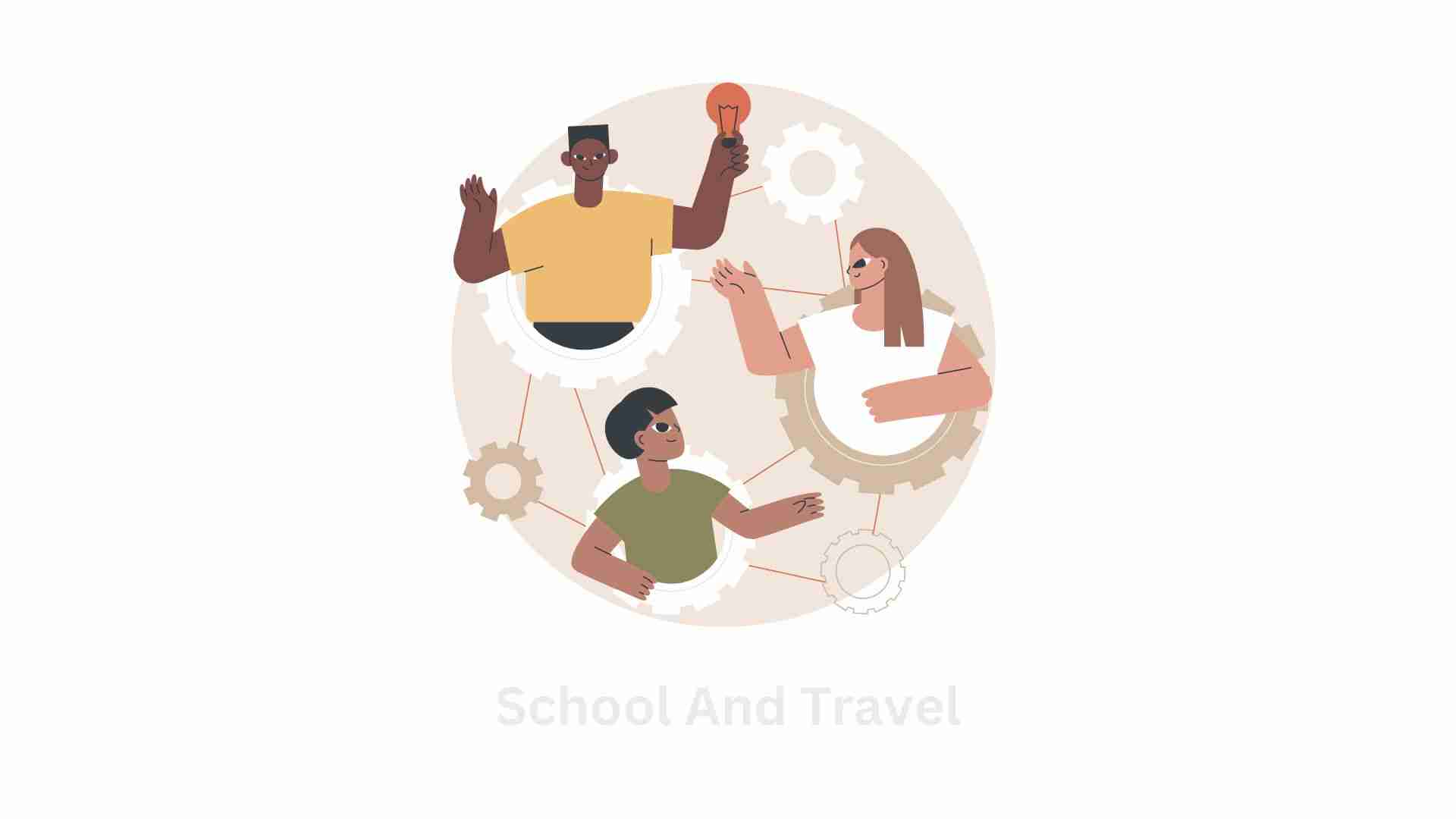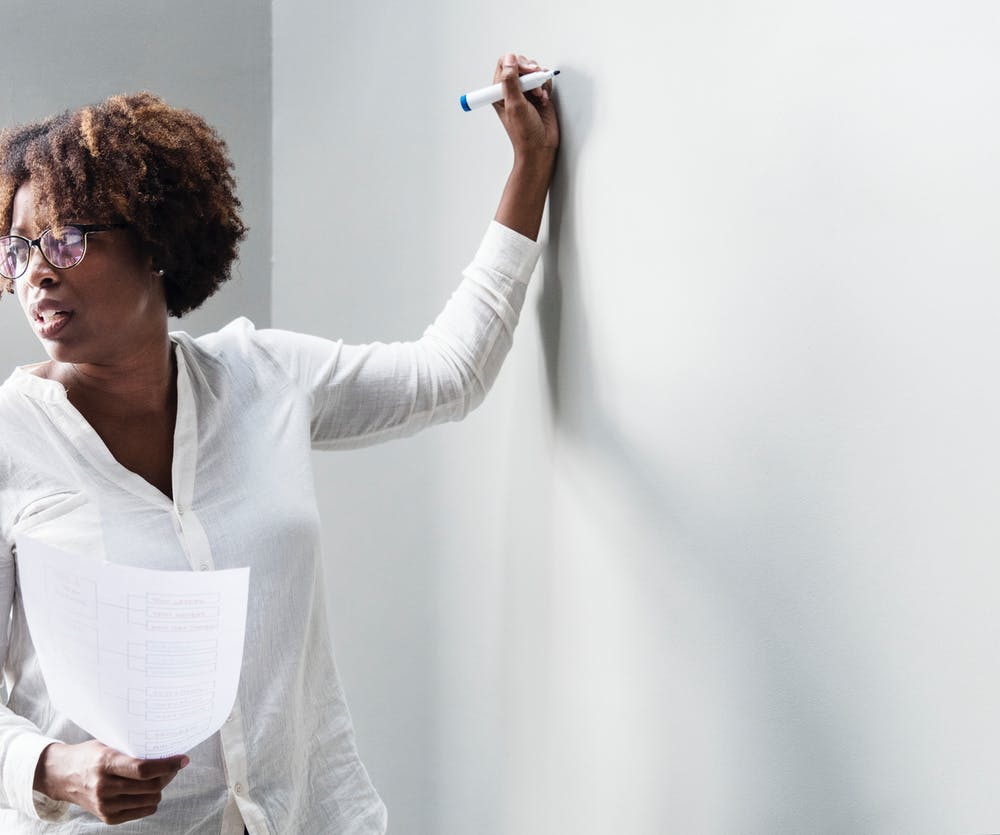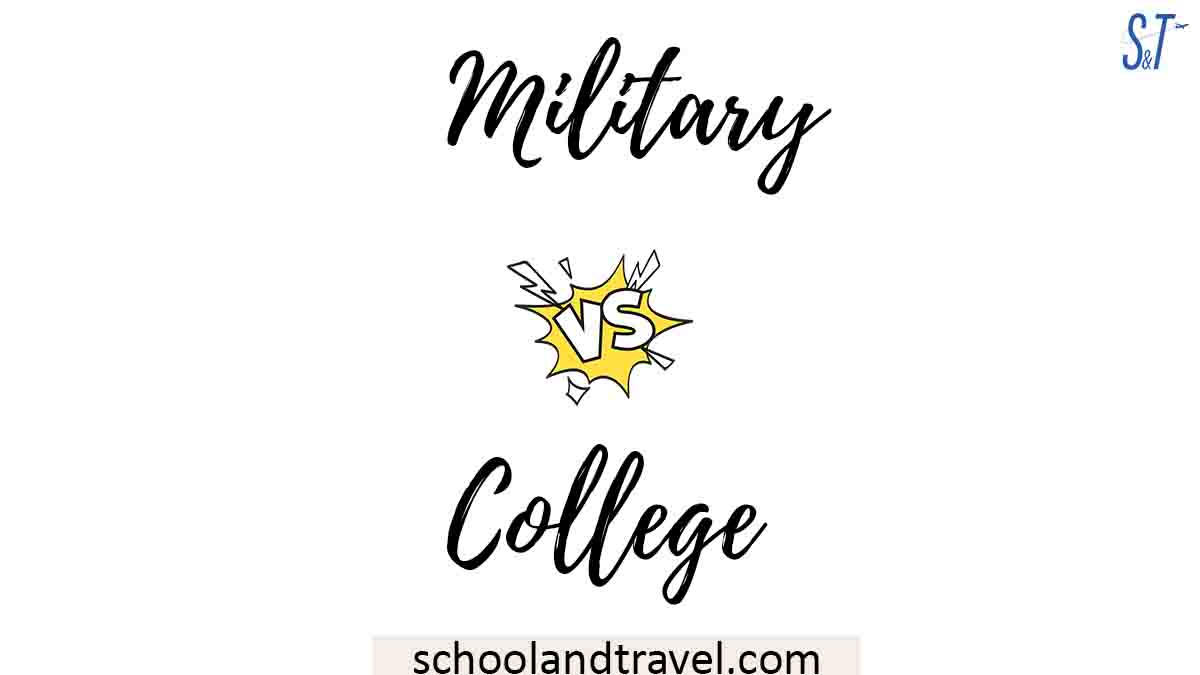Understanding what students are good at and what they struggle with is an important part of education that goes beyond the classroom.
It is a key part of helping people grow as people, do well in school, and build long-term careers.
A full list of strengths and flaws helps teachers tailor their lessons to meet the needs of each student, lets parents get more involved in their child’s education, and, most importantly, gives students the power to take charge of their learning journey.
This article explains the Students’ Strengths and Weaknesses List, stating the Students’ Strengths and Students’ Weaknesses.
What are Students’ Strengths?
Students’ strengths are the things they are good at.
These could be subjects like math or reading, skills like drawing or playing a sport, or even personal qualities like being kind or good at working with others.
Strengths are the positive qualities that help students do well in school and other areas of life. They are the talents and skills that make each student unique and special.
What are Students’ Weaknesses?
Students’ weaknesses are the things they find difficult or challenging. These could be subjects where they struggle, like math or science, or skills they find hard to master, like writing or organizing their time.
Weaknesses are areas where students might need extra help or practice to get better. These are not negative traits; instead, they show where there’s room for improvement and growth.
List Of Students’ (Academic) Strengths and Weaknesses Examples
Academic strengths are things you’re good at in school.
This could mean you’re great at reading, quick at solving math problems, or really good at making projects. Strengths help you do well in your studies and get good grades.
On the other hand, academic weaknesses are things you find hard to do in school.
Maybe you struggle with spelling words correctly, find it tough to understand what you read, or get nervous speaking in front of the class.
Weaknesses are areas where you might need some extra help or practice to get better.
Here is a list of academic strengths and weaknesses examples:
| Academic Strengths | Academic Weaknesses |
|---|---|
| Excellent Reading Comprehension | Struggles in Math |
| Strong Writing Skills | Poor Spelling |
| Good at Problem-Solving | Difficulty Understanding Texts |
| Skilled in Research | Easily Distracted |
| High Math Aptitude | Poor Study Habits |
| Effective Time Management | Procrastination |
| Excellent Oral Presentations | Stage Fright |
| Quick Learner | Slow Reading Speed |
| Organized Note-Taking | Disorganized Workspace |
| Proficient in Foreign Languages | Difficulty in Science Subjects |
| High Attention to Detail | Difficulty Following Instructions |
| Creative Thinking | Limited Vocabulary |
| Ability to Work Independently | Difficulty Working Alone |
| Strong Group Collaboration | Poor Teamwork Skills |
| Skilled in Computer Programming | Technologically Challenged |
| Analytical Thinking | Impulsive Decision-Making |
| High Memorization Skills | Poor Listening Skills |
| Strong Grasp of Historical Facts | Difficulty in Geography |
| Exceptional Artistic Abilities | Lack of Interest in Arts |
| Good at Hands-on Experiments | Fear of Public Speaking |
| Active Class Participation | Shyness or Social Anxiety |
How To Improve Student Strengths in the Classroom
1. Give More Challenges
Providing more advanced problems or tasks can keep students engaged if students excel in a particular subject. The aim is to stretch their abilities without overwhelming them.
2. Praise Them
Positive reinforcement, like verbal praise or small rewards, can motivate students to continue excelling. This not only boosts their self-esteem but also encourages a love for learning.
3. Use Them as Helpers
Students who are strong in a particular area can assist others who may be struggling.
This peer-to-peer interaction benefits both parties; the helpers reinforce their knowledge, while the other students get additional support.
4. Practice More
Even if students are good at something, practice helps to maintain and improve that skill. Additional exercises or advanced projects can help them refine their strengths.
5. Talk About Goals
Discussing future goals can provide direction. Whether aiming for a specific grade, joining a related club, or preparing for a competition, having a target can be motivating.
6. Show Off a Bit
Allowing students to showcase their talents can boost confidence. This could be through class presentations, school events, or even community activities where they can demonstrate their strengths.
How To Improve Student Weaknesses in the Classroom
1. Give Extra Help
Some students may need one-on-one time to grasp certain concepts. Teachers can allocate time after class or during free periods to work individually with these students.
2. Use Different Ways to Teach
Students learn differently. Some are visual learners, some auditory, and some kinesthetic. Using a mix of videos, lectures, hands-on activities, and group discussions can cater to different learning styles.
3. Break It Down
Complex ideas can be overwhelming. Breaking them into smaller, more manageable parts can make them easier to understand. Teachers could use flowcharts, lists, or step-by-step guides to help explain.
4. Give Practice Work
Providing extra exercises or assignments allows students to practice their learning. This repetition can reinforce learning and improve skills.
5. Be Positive
A positive attitude can go a long way in boosting a student’s confidence. Celebrate achievements, no matter how small, and offer encouragement regularly.
6. Ask for Student Input
Sometimes, asking the students what challenges they face or how they think they can improve can yield valuable insights. This also makes the student an active part of their learning journey.
7. Use Real-world Examples
Abstract concepts can be hard to grasp. Linking what’s taught to real-world applications or examples can make the lesson more relatable and easier to understand.
8. Get Parents Involved
Keeping an open line of communication with parents can be beneficial. Teachers can inform parents of areas where their child needs improvement and offer suggestions for help at home.
FAQs on Students’ Strengths and Weaknesses List
Students’ strengths are the subjects or skills they excel at, like math, reading, or teamwork. Weaknesses are areas where they might struggle, such as time management or understanding complex instructions.
Knowing what students are good at or need help allows teachers and parents to provide the right support. For example, if a student is strong in science but weak in writing, extra writing practice can be given to improve that area.
Teachers can use strategies like giving extra help, using different teaching methods, or setting achievable goals. These steps help the student focus on improvement areas, making the learning process more effective.
Both are important. Focusing on strengths helps students build confidence and excel further in what they’re already good at. Addressing weaknesses helps them become more well-rounded. A balanced approach usually works best for overall development.
Conclusion
Knowing what kids are good at and what they find hard is important. It helps teachers and parents figure out the best ways to help them.
Making students better at things they’re already good at makes them feel confident. Helping them improve on things they find tough makes learning easier for them.
So, it’s a good idea for everyone to know and work on strengths and weaknesses.
Awesome one; I hope this article answers your question.
Editor’s Recommendations:
- Do College Dorms Allow Reptiles? (Yes/No, FAQs)
- 19+ Social Development Strengths and Weaknesses List (FAQs)
- Can Teachers Have Tattoos? (UK, US, Canada, Tips, FAQs)
- How to Balance Relationships and Studies (Tips, Reasons, FAQs)
- Are Honorary Degrees Stupid? (Yes/no, Reasons, FAQs)
- 5 Major Similarities Between Management and Administration
If you find this article good, please share it with a friend.



